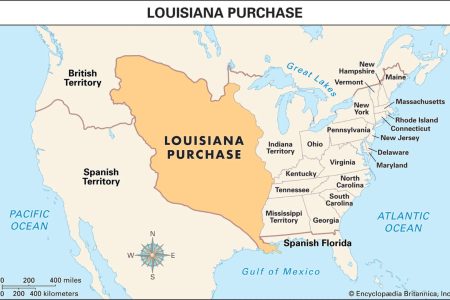17 American History Questions That Stump Most Americans
2. What Year Did the United States Declare Independence?
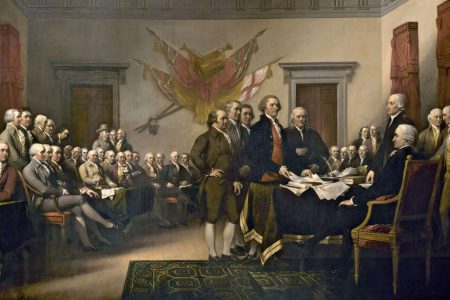
It’s surprising how many people stumble over 1776. The signing of the Declaration of Independence on July 4, 1776, marked the birth of a nation, but not everyone remembers the date that defines American patriotism.
3. Who Wrote the Declaration of Independence?
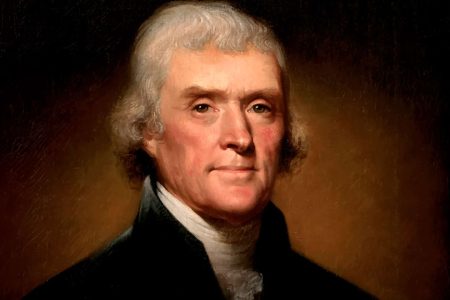
Thomas Jefferson gets the credit, but many forget he was part of a committee. Franklin and Adams contributed, but Jefferson’s eloquence made him the primary author of this historic document.
4. What Was the First Capital of the United States?
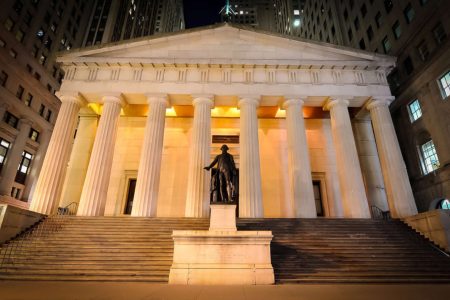
It wasn’t Washington, D.C. Philadelphia and New York City both served as capitals before the establishment of the iconic D.C. that Americans recognize today.
5. Who Was the Main Author of the U.S. Constitution?
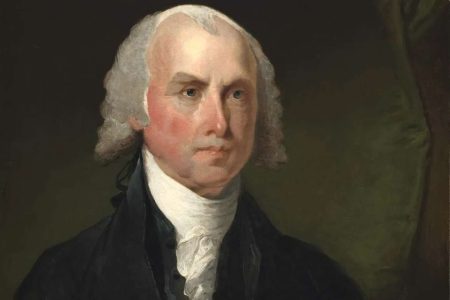
James Madison is often overlooked despite being dubbed the “Father of the Constitution.” His work laid the foundation for America’s government structure and enduring democratic principles.
6. What Was the Louisiana Purchase?
The Louisiana Purchase doubled the size of the United States in 1803, but many Americans don’t recall this land deal between the U.S. and France, or how it shaped the country’s future.
7. Which War Was Fought Between the North and the South?
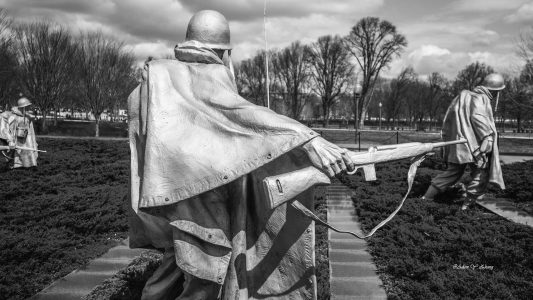
The Civil War divided the nation between 1861 and 1865, yet many can’t pinpoint the name of the conflict that ended slavery and defined the struggle for civil rights.
8. Who Delivered the Gettysburg Address?
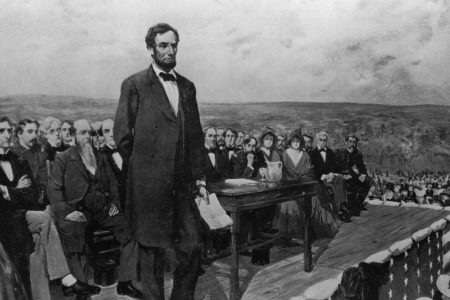
Abraham Lincoln’s 1863 speech redefined the purpose of the Civil War, yet its brevity often makes it easy to overlook. “Four score and seven years ago” has become iconic, even if people forget the context.
9. What Was the First State to Ratify the Constitution?
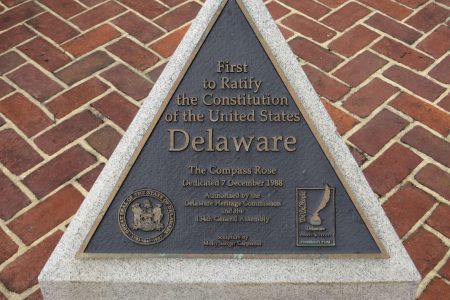
Delaware holds this honor, becoming the first state in 1787. It’s nicknamed “The First State” for good reason, but many Americans forget this crucial detail.
10. Who Was the President During World War I?

Woodrow Wilson led the U.S. through the Great War and played a significant role in shaping the Treaty of Versailles, yet his name often slips from memory.
11. What Did the Emancipation Proclamation Do?
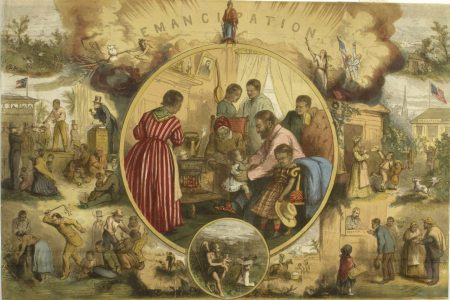
While many think it immediately freed all slaves, the proclamation only applied to Confederate states still in rebellion. It was a key step in the abolition of slavery but not the final word.
12. What Year Did Women Gain the Right to Vote?
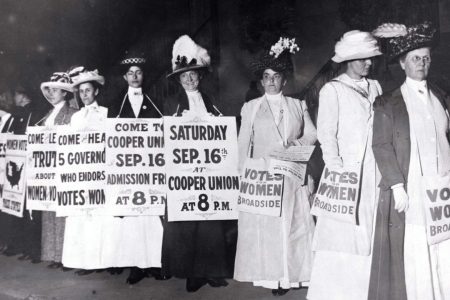
The 19th Amendment, granting women the right to vote, was ratified in 1920. It marked a major victory for the suffrage movement, but the date often escapes recollection.
13. Who Was the Only U.S. President to Resign?
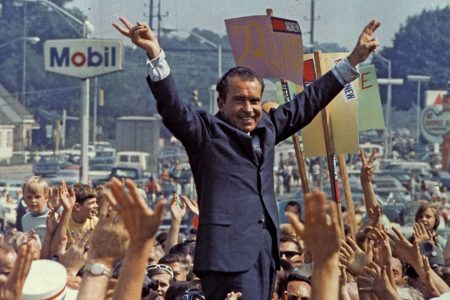
Richard Nixon resigned in 1974 after the Watergate scandal, becoming the first and only president to step down from office. His resignation was a pivotal moment in American political history.
14. What Was the Trail of Tears?
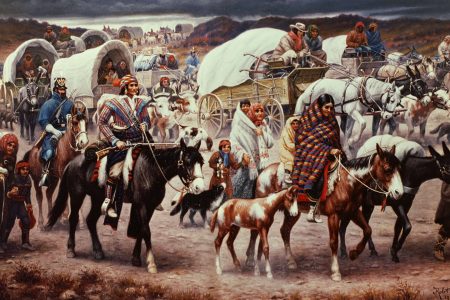
The forced relocation of Native Americans, particularly the Cherokee, during the 1830s was a dark chapter in U.S. history. Thousands died during the journey, but this tragedy is often forgotten.
15. What Territory Was Acquired Through the Gadsden Purchase?
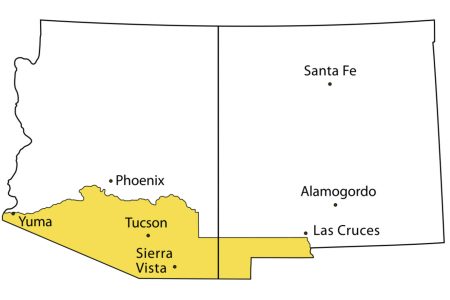
Few remember the Gadsden Purchase of 1854, which secured parts of present-day Arizona and New Mexico. It was the final piece of land that completed the continental U.S.
16. Which State Seceded First During the Civil War?
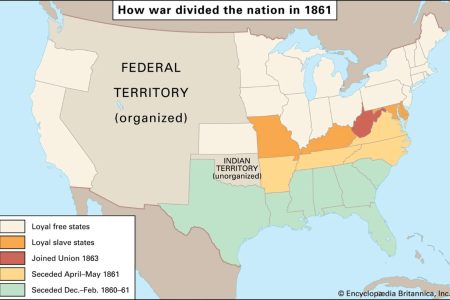
South Carolina was the first to secede in 1860, leading the charge for the Confederacy. This bold move set the stage for the Civil War.
17. What Happened at the Boston Tea Party?

In 1773, colonists protested British taxes by dumping tea into Boston Harbor. This act of defiance became a symbol of the American Revolution but is often reduced to a footnote in popular memory.
